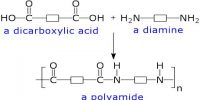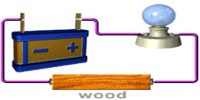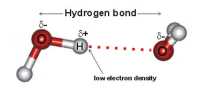The stability of a molecule or an ion can also be determined from another parameter called bond order. The bond order may be defined as half the difference between the number of electrons in bonding molecular orbitals (Nb) and the number of electrons in antibonding molecular orbitals (Na) i.e,
Bond Order = ½ (Nb – Na)
The resulting molecule or ion will be stable if Nb > Na i.e. if the bond order is positive. The resulting molecule or ion will be unstable if Nb ≤ Na i.e if the bond order is negative or zero.
- The relative stability of molecules or ions in terms of bond order: The stability of a molecule or an ion is directly proportional to bond order. Thus, a molecule with bond order 3 (e.g., N2) is more stable (i.e., has a higher bond dissociation energy) than a molecule with bond order 2 (e.g., O2) or 1 (e.g., Li2).
- Nature of bond in terms of bond order: A chemical bond can be single, double or triple but cannot be a fraction; on the other hand bond order can be a fraction.
- The bond length in terms of bond order: Bond length is found to be inversely proportional to bond order. Greater the bond order, shorter the bond length and vice versa.
For example, the bond length in nitrogen molecule (bond order = 3) is shorter than in oxygen molecule (bond order = 2), which in turn is shorter than in hydrogen molecule (bond order = 1).















